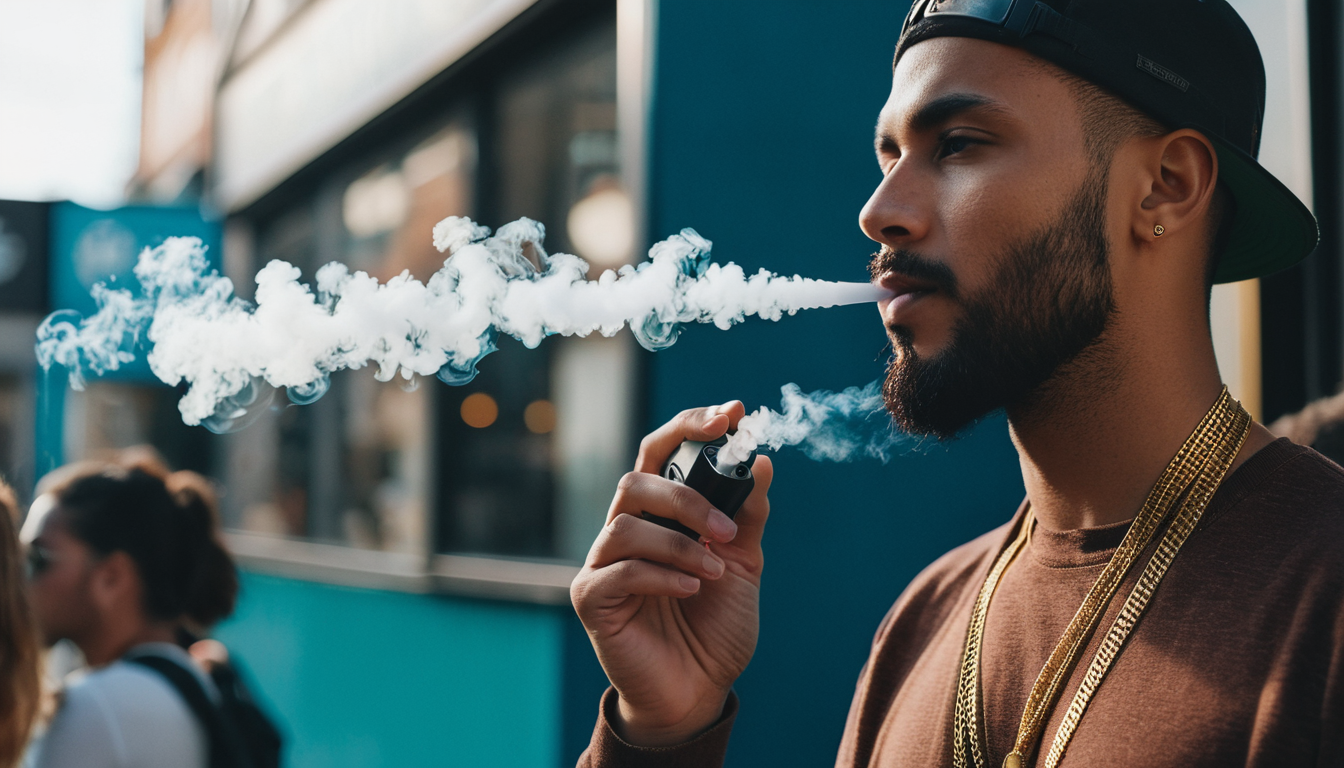Vaping, a modern alternative to traditional smoking, has seen rapid growth worldwide. As its popularity rises, so does the complexity of laws regulating it. Countries around the globe are grappling with how to manage vaping, balancing public health concerns, individual freedom, and economic interests. Here’s a look at how vaping is permitted and regulated in different parts of the world.
1. Understanding Vaping Legislation
Laws governing vaping vary widely, depending on cultural norms, public health priorities, and government stances on tobacco alternatives. While some nations embrace vaping as a harm-reduction tool, others impose strict restrictions due to health and safety concerns.
2. Countries That Fully Legalize Vaping
Some countries fully legalize vaping, recognizing it as a safer alternative to smoking. These nations often regulate the sale, marketing, and use of e-cigarettes, ensuring safety and quality standards are met.
- United Kingdom: Known for its progressive approach, the UK promotes vaping as a harm-reduction tool. Public Health England advocates for vaping to help smokers quit, with e-cigarettes available in stores and even prescribed by healthcare providers.
- New Zealand: The government encourages vaping as an alternative for smokers, with clear guidelines on product safety and advertising. Flavored e-liquids are also permitted to help appeal to adult users.
3. Countries with Regulated Legalization
In some regions, vaping is legal but subject to strict regulations to prevent misuse and protect public health.
- United States: While vaping is legal, the Food and Drug Administration (FDA) oversees the sale and marketing of vaping products. Flavored e-liquids face scrutiny to reduce youth appeal. States and cities also impose additional restrictions, such as vaping bans in public places.
- Canada: Vaping is legal, but products containing nicotine are strictly regulated under the Tobacco and Vaping Products Act. Advertisements must avoid targeting minors, and the packaging includes health warnings.
4. Countries Allowing Vaping with Limitations
Some nations permit vaping but restrict certain aspects, such as nicotine levels, public use, or flavors.
- Australia: Vaping non-nicotine products is legal, but nicotine e-liquids require a doctor’s prescription. The government focuses on preventing youth access while allowing adult smokers a harm-reduction option.
- Germany: Vaping is legal, with regulations on advertising and product labeling. Germany permits the sale of e-cigarettes and e-liquids but ensures strict compliance with the European Union’s Tobacco Products Directive.
5. Countries with Conditional Legalization
In some regions, vaping is only legal under specific conditions or for particular demographics.
- Japan: E-cigarettes without nicotine are widely available, but nicotine-containing products require approval and are not freely sold. Heated tobacco products like IQOS are more prevalent in the Japanese market.
- India: While vaping is banned in most states, some regions permit its use under strict conditions. The country cites public health concerns and youth safety as reasons for the restrictions.
6. The Role of Vaping in Public Health
Countries that embrace vaping often cite studies indicating its potential to reduce harm compared to smoking. The ability to offer smokers a less harmful alternative is a driving factor in legalizing and regulating vaping.
7. Challenges in Legalizing Vaping
Despite its benefits, vaping faces criticism over youth access, health risks, and lack of long-term studies. Governments worldwide aim to balance these concerns with the need to provide harm-reduction options for smokers.
Conclusion
Vaping laws reflect each country’s unique perspective on public health, individual rights, and economic interests. While some nations fully embrace it, others tread cautiously or impose significant restrictions. As the global understanding of vaping evolves, laws will likely continue to adapt, aiming for a balance between innovation and public safety.
